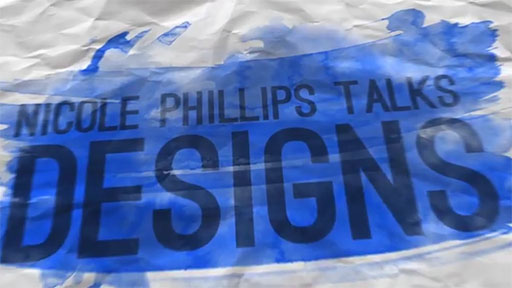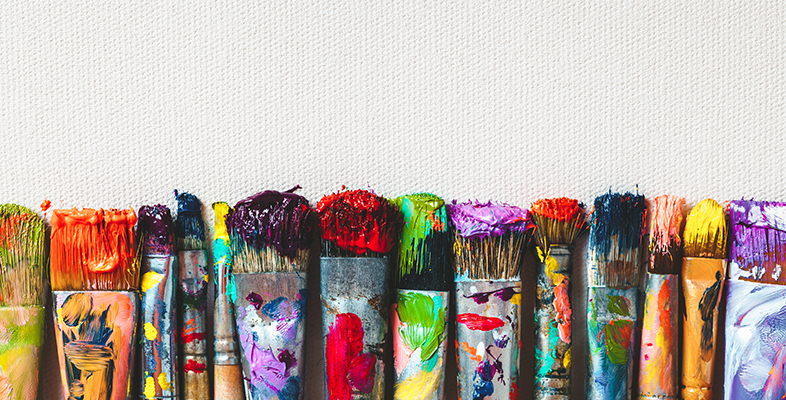5.1 Intellectual Property (IP)
Intellectual property protection can help you to stop people from stealing or copying your work. This can be done through copyright, patents, designs and trade marks.
Gov.uk (no date, a) explains:
Intellectual property (IP) is something that you create using your mind – for example, a story, an invention, an artistic work or a symbol. You own IP if you:
- created it (and it meets the requirements for copyright, a patent or a design)
- bought intellectual property rights from the creator or a previous owner
- have a brand that could be a trade mark, for example, a well-known product name.
If you’re self-employed, you usually own the intellectual property even if your work was commissioned by someone else – unless your contract with them gives them the rights.
You usually will not own the intellectual property for something you created as part of your work while you were employed by someone else.
Depending on the nature of your business, another IP-related consideration might be design protection. Watch this short video about the experiences of designer Nicole Phillips.

Transcript: Video 4
[MUSIC PLAYING]
[MUSIC PLAYING]
How would you go about protecting your designs?
50% of UK small businesses think it’s important to prevent others from copying the look or appearance of their product (Allford, no date). In the creative industries, it can help you protect your brand, designs and artwork from potential copycats and infringers.
